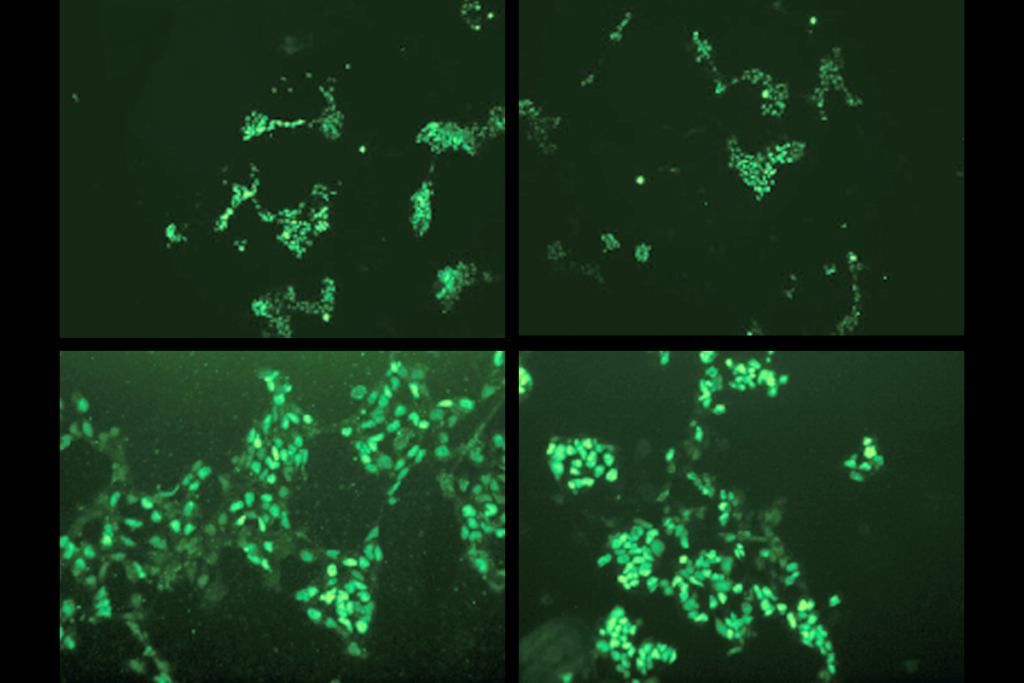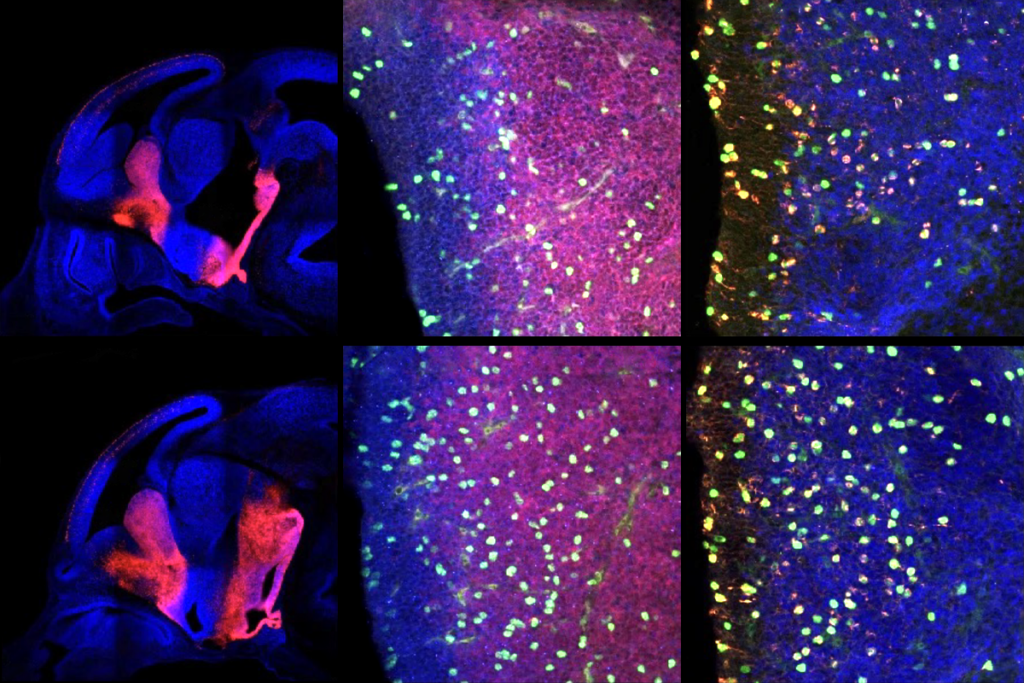Genes account for up to about 85 percent of autism’s heritability, but only about 10 percent of autistic people have an identifiable genetic cause for their diagnosis — typically a rare, single-letter change to their DNA or a deletion or duplication of a big chunk of the genome. The genetic factors behind most autism cases remain mysterious.
Mounting evidence suggests that a sizable fraction of autism’s genetic roots comes in the form of common genetic variants — single-letter DNA changes called single nucleotide polymorphisms (SNPs) that are found in at least 1 percent of the general population. Each variant typically confers only a small increase in a person’s chances of having a complex condition such as autism. But collectively, common variants can tip the odds higher.
In the past two decades, technologies to assay common variants have enabled researchers to scan millions of SNPs to see which ones occur more frequently in people with a particular condition than in controls. Scientists can then apply statistical methods to calculate a “polygenic risk score” — the weighted sum of all the common variants tied to the condition.
What do we know about polygenic risk scores for autism?
A large population-based study, published in 2019, scoured the genomes of more than 20,000 people with autism for SNPs tied to the condition. By calculating polygenic risk scores for autism, the researchers found that people with the highest scores are nearly three times as likely to have autism as those with the lowest scores.
Other analyses showed mixed results or no associations between autism polygenic risk scores and an autism diagnosis, autism traits or other brain conditions, according to an unpublished analysis of 30 studies published between 2019 and 2022.
Can polygenic risk scores predict autism or other neurodevelopmental conditions?
Not really. The scores provide only the probability of having a given condition, not a diagnosis. And for people in the general population, in which the prevalence of autism ranges from about 1 to 3 percent, having a polygenic risk score that even triples the odds of autism doesn’t substantially increase their chances of actually having the condition.
Polygenic risk scores may have more useful predictive abilities among subgroups of people, such as those with an autism-related mutation. Among people with deletions in the 22q11.2 chromosomal region, for example, common variants influence the chances of having intellectual disability and schizophrenia, a 2020 study showed. Those with a high polygenic risk score for schizophrenia were 24 percent more likely to have schizophrenia than those who had the lowest scores. Similarly, participants with a high polygenic risk score for intellectual disability were nearly 40 percent more likely to have intellectual disability than those with lower scores.
“There’s no utility of using polygenic risk scores to predict autism in the general population, unless — but that remains to be explored — you are able to single out a group with an already increased baseline risk,” says Jacob Vorstman, associate professor of psychiatry at the University of Toronto in Canada, who led the study on people with 22q11 deletions.
Can polygenic risk scores help scientists understand autism’s underlying biology?
Maybe. Converging evidence suggests that common genetic variants partly explain why only some people with rare, harmful mutations tied to autism are autistic. Certain combinations of common variants increase the likelihood of autism in people with rare, inherited mutations linked to the condition, several studies have shown. Autistic children with these inherited mutations have higher polygenic risk scores than expected compared with the scores of their non-autistic parents, according to a preprint posted last year on medRxiv.
Combining polygenic risk scores with behavioral analyses and neuroimaging may help researchers to understand how genes influence behavior and brain function. A 2021 study that looked at the DNA and brain activity of 81 babies with an older autistic sibling found that children with higher risk polygenic scores for autism had altered brain responses to social information compared with those with lower scores.
What needs to change for autism polygenic risk scores to be used in the clinic?
So far, scientists have relied mostly on genetic information from people of European ancestry to calculate the scores, and findings from these studies do not apply to people of other genetic backgrounds. Efforts to diversify genetic studies and boost sample sizes could increase the scores’ predictive accuracy.
How would information from these scores help children?
Information from polygenic risk scores may one day help doctors make accurate diagnoses and enable parents to look out for signs of autism in their child at an early age. It may also help clinicians and parents avoid delays in getting a child access to early behavioral interventions, which have been shown to ease some autism-related difficulties.






